How Margaret Thatcher's secret Brahms phone was invented
- Published

The Brahms secure telephone was created at GCHQ in 1980
Today, apps sell themselves on offering secure communications. But 40 years ago, one man was given a secret mission to build an encryption device to send intelligence to top officials. Now he breaks his silence over the assignment for the first time.
The mission began in a Cheltenham department store, busy with shoppers. It was 1980 and Mike - first name only as his identity is still hidden - worked at nearby GCHQ. He purchased two normal briefcases.
They were taken back to his lab where he began tearing out the insides and stuffing them with the latest technology.
What emerged was given the codename Brahms. Inside the regular-looking briefcase was the UK's first portable encrypted communications system designed to allow high-ranking officials to communicate securely.
Secure speech was not new. During World War Two, if the leaders of the US and the UK wanted to talk securely, it took a massive machine, which in London sat permanently in the basement of another department store - Selfridges.
But by 1980, new technology meant a device could be made small enough to be portable, and therefore more useful in a crisis for a wider group of people.
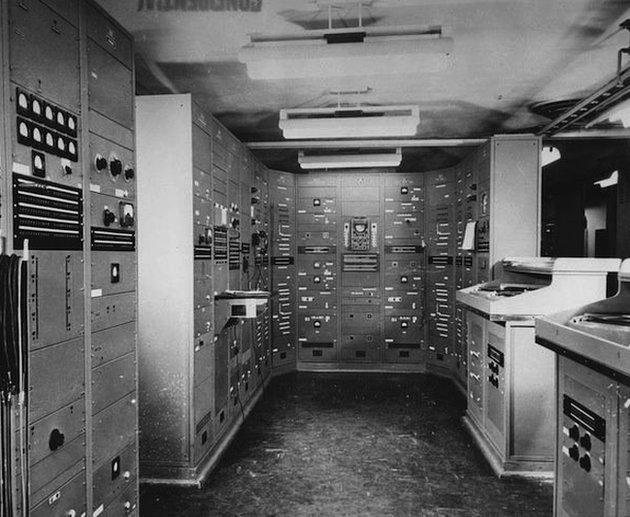
Sigsaly was a huge speech encryption system used in WWII
The Brahms machine includes what looks like a normal telephone handset but with a button on one end. Press it and speech was converted into digital ones and zeroes.
A special encryption key - held on paper tape in the briefcase and changed every day - scrambled those digits. This was then sent down a normal telephone line.
Only another briefcase with the same key on its paper tape could unscramble the message and convert the digits into a machine-like voice at the other end.
Anyone intercepting that phone line would just hear a digital hiss.
Only one person could speak at a time and it was not fast - transmitting at 2.4 kilobytes per second (the UK's current average broadband speed is more than 21,000 times faster).
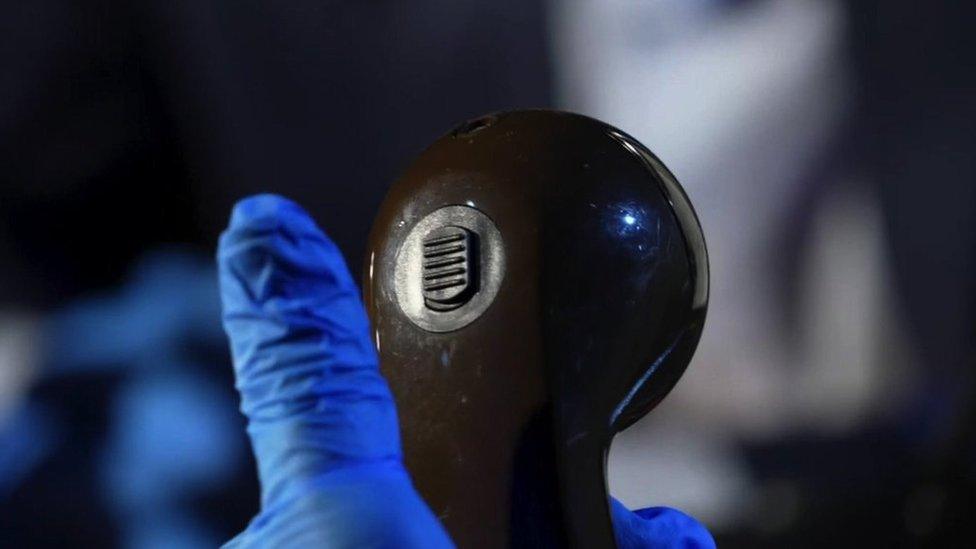
A button on the Brahms handset allowed the caller's voice to be encrypted
There was one flaw. "Ladies' voices did not come out very well," says Mike apologetically, "because of the high-frequency."
Yet the main customer for the machine was the UK's first female prime minister, Margaret Thatcher.
For the Brahms' first foreign test by the PM, Mike was given a James Bond style assignment to deliver the device to a castle in the Swiss alps, where Mrs Thatcher was on holiday.
Mike was made a temporary Queen's messenger with two seats on a flight to Geneva - one for him and one for the machine. He was told he would be met with a man carrying a brown envelope on arrival.
As he arrived at the castle, he was offered a gun. He declined.
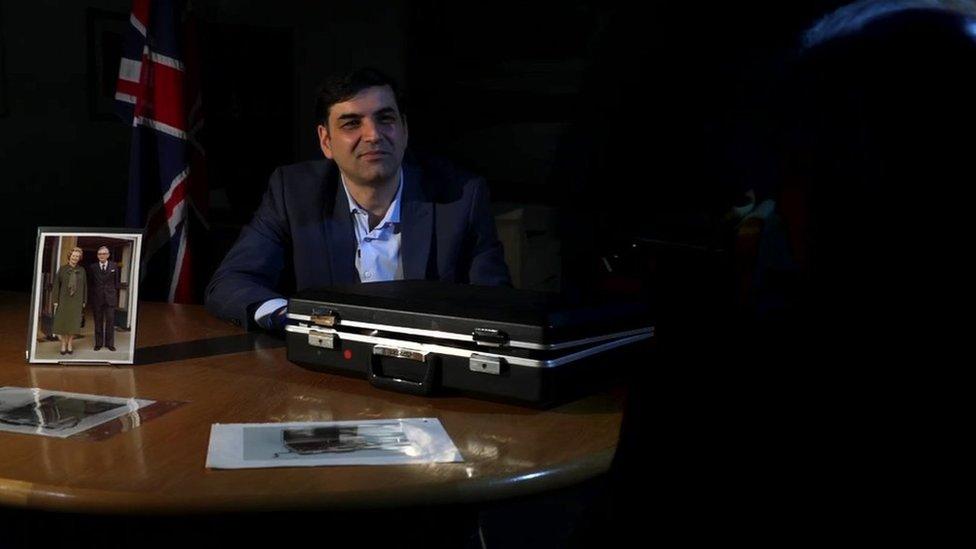
The identity of the Brahms creator Mike, who speaks with Gordon Corera, is still secret 40 years on
The Brahms was used in the 1982 Falklands War. Mrs Thatcher used it to discuss rules of engagement with the Ministry of Defence, which led to the controversial sinking of the Argentine Navy Cruiser the General Belgrano.
Stephanie - again first name only - was working shifts in a special 24-hour GCHQ office dealing with intelligence.
"It was very much a men's toy," she recalls, slightly annoyed, as female workers were told not to use the Brahms.
But in the small hours of one morning, the Brahms rang. There were no men on shift.
"So, we all looked at each other and said, 'Well, there aren't any men in the office, so one of us is going to have to answer the phone.' So, I went over and picked it up."
The person on the other end had just received a piece of intelligence that he wanted to confirm.
"We knew that every piece of information we were sending out to our chaps was significant," she says, recalling watching the importance of their work reflected back on the TV news.
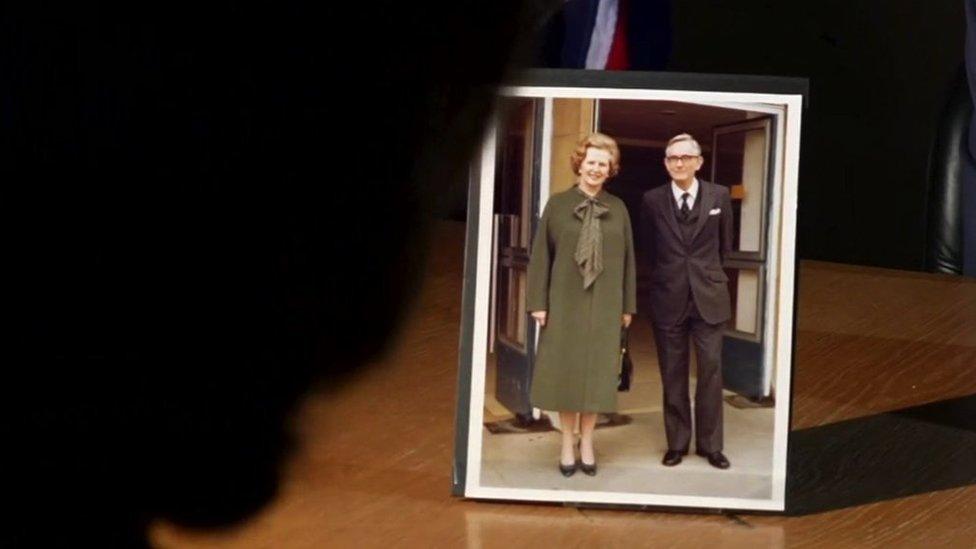
The Brahms phone was used by Margaret Thatcher during the Falklands War
After the invasion of the Falkland Islands, GCHQ had to step up quickly from having only one or two analysts working on it to eventually producing more than 6,000 intelligence reports during the war.
Brahms meant they could often be phoned in fast to those who need them.
On the Brahms machine, there are instructions of what to do in the event of an emergency. What if you were using the machine secretly somewhere like a hotel room overseas, and worried you were about to be raided and the device captured?
Mike remembers the options well.
Switch the equipment off and then find some way to dispose of the key tape. "Destroy it. Burn it. In the last instance, you could eat it," explains Mike with a smile.
Related topics
- Published11 May 2022
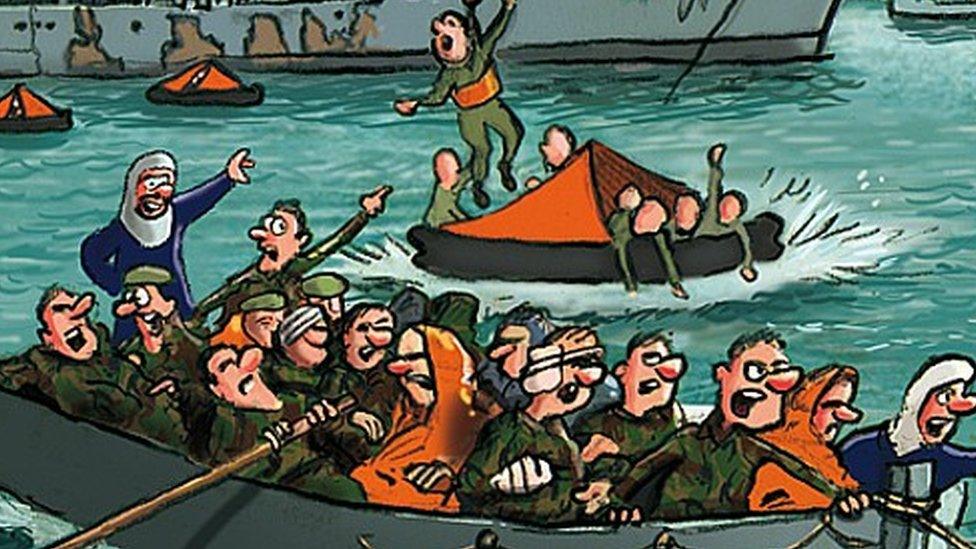
- Published4 April 2022
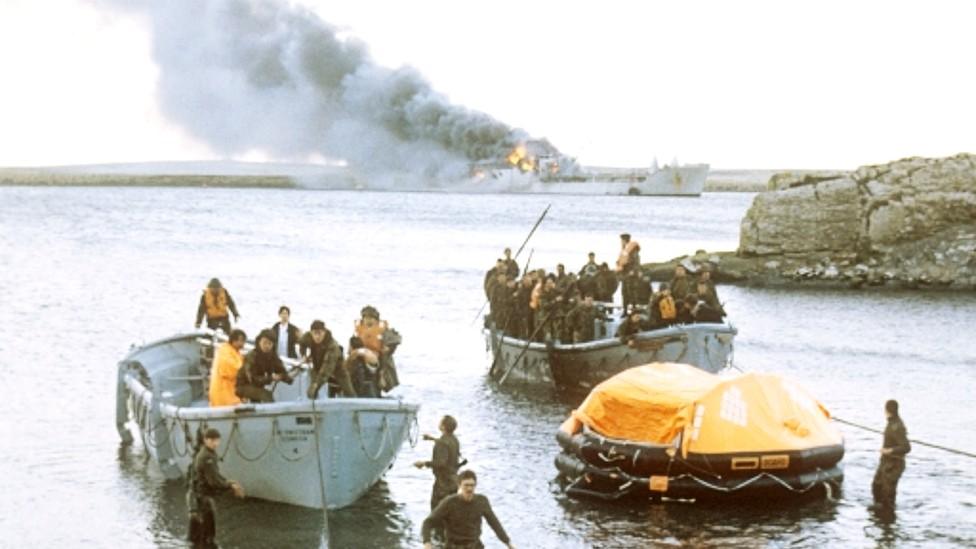
- Published2 April 2022
